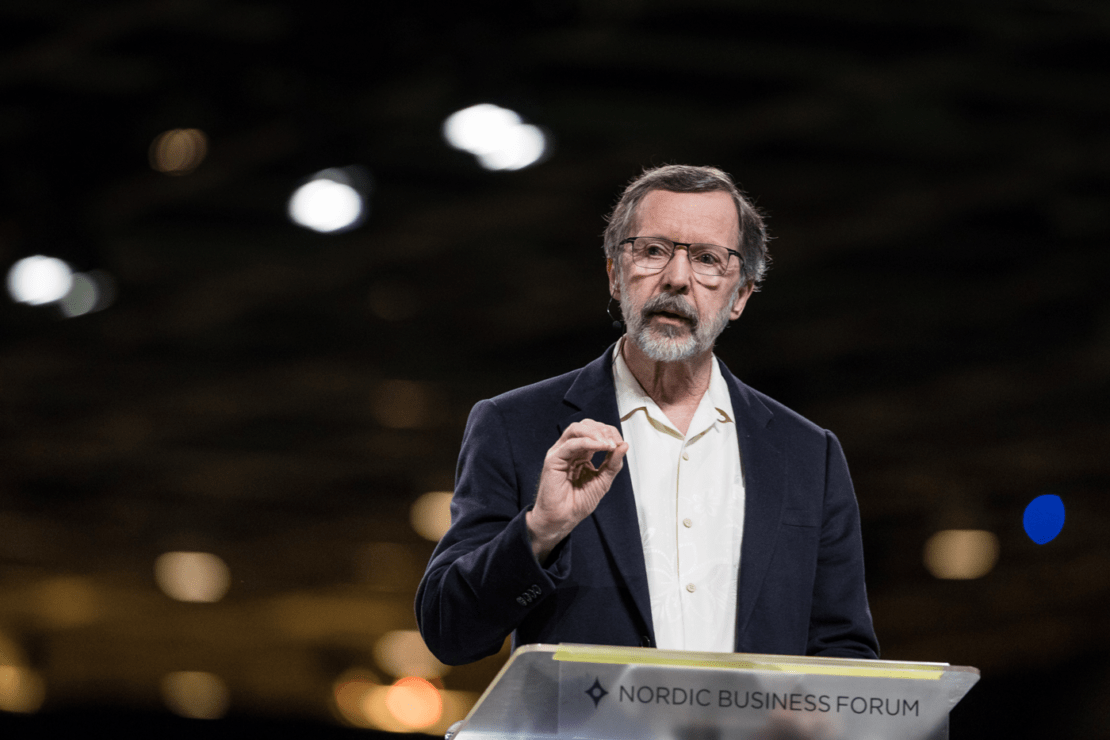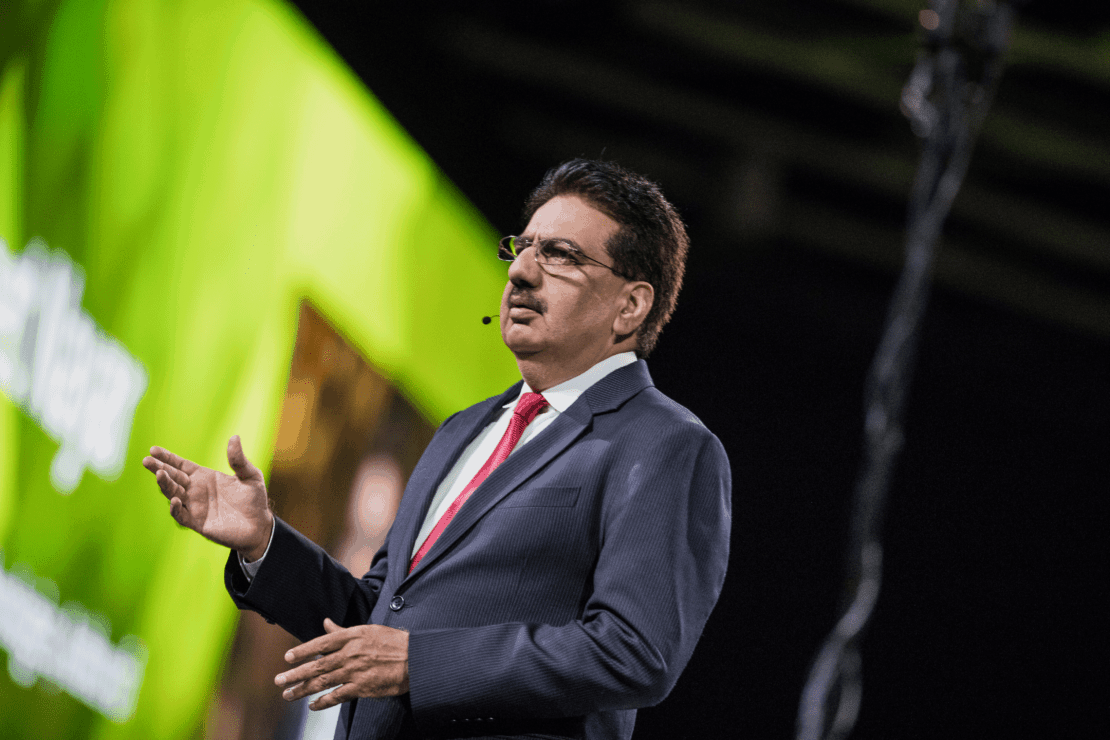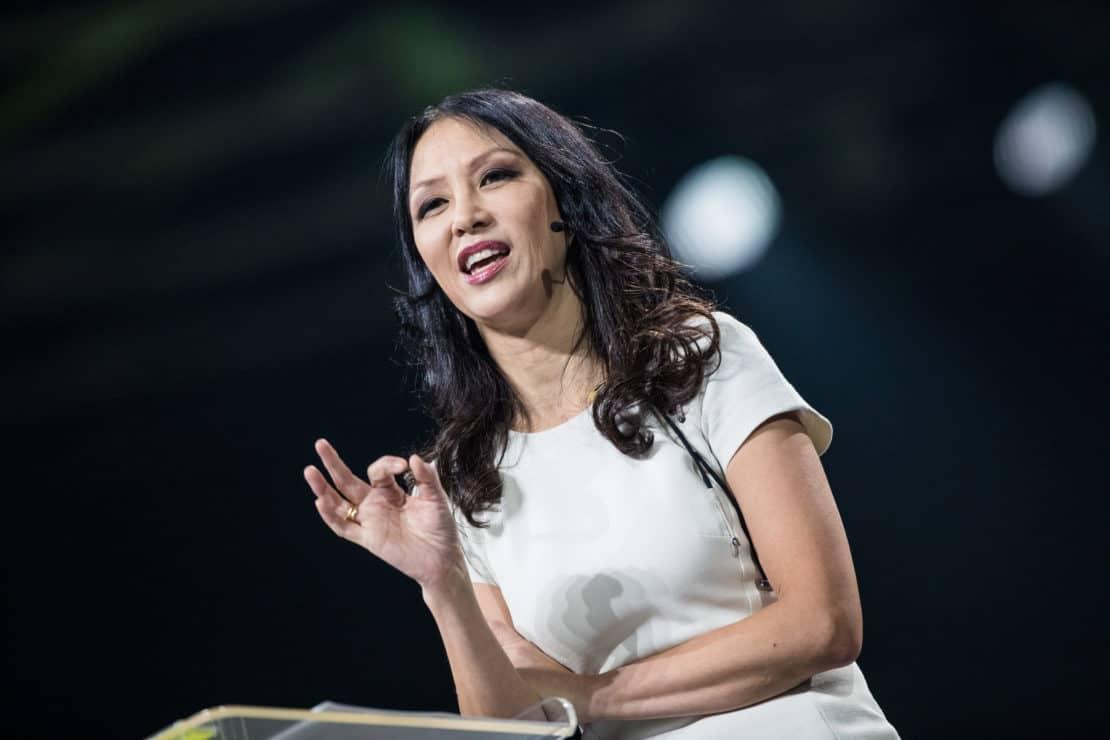19Dec2016
By removing the barriers and getting people comfortable with failure, you invite creativity in.
“Many people naturally ask, ‘How do you become more creative?’” Ed Catmull said to a full room during his keynote on creativity at the 2016 Nordic Business Forum in Helsinki. “I think this is the wrong question. The real question is, ‘What are the management and cultural forces that block creativity?’”
As the co-founder of Pixar and the president of Walt Disney and Pixar Animation Studios, Catmull knows a thing or two about creativity. And as one of the leaders during the Disney–Pixar merger, he has learned how to remove some of those barriers that inhibit creativity in the workplace.
Collaborating without judgment
One thing developed at Pixar, and subsequently, Disney, was the establishment of brain trusts. This group of storytellers, directors, and writers assemble at certain times to help each other resolve issues with their films.
The brain trusts follow certain rules:
- The director is the ultimate decision maker, but everyone else in the room is equal. By removing the power of override, the director has the ability to listen to all of the options and decide what will work and what doesn’t.
- Everyone listens and gives honest feedback. The director doesn’t have to take every suggestion, but he or she does have to acknowledge if there is a problem so it can be resolved, no matter how long it takes.
- Collaboration makes the group successful. It’s not a competition. Everyone is there to support each other, which in turn helps the company succeed.
- Lastly, they keep their attention on the problem. Good and bad ideas are presented, and none are judged other than to decide whether or not they resolve the problem. This creates a safe space for all contributors.
“Every once in a while, magic happens,” Catmull said. “You feel the ego disappear from the room and all attention is on the problem. Ideas come and go without people becoming attached to them. This is the state that we aspire to.”
Eliminating the fear of failure
While this may sound like a simple concept, they have learned lessons along the way to fine-tune the process and enhance the creative culture of the organization. The first lesson was how they perceived failure. Catmull said there are two kinds of failure – professional failures from which we learn and “school” failures that make us feel like we’re not smart enough or that we didn’t work hard enough.
“There’s a palpable aura of danger around failure, and this meaning is deeply ingrained in us,” Catmull said. “It’s almost impossible for people to separate these two meanings emotionally … but if you separate the meanings and realize they’re two different things, you can see that failure is not a necessary evil, but a necessary consequence of doing something new.”
He believes that we fear failure because we can never be sure what we will learn from it until after it happens. The brain trust is a way to make people more comfortable with failure. It’s a safe place for people to put ideas out there, whether they are good or bad, and see what works.
Working together, but remaining separate
When the two companies merged, Disney hadn’t made a successful animated film in years, and Catmull and John Lasseter were tasked with reinvigorating the team. While many suggested that they merge the two animation studios, they decided to keep the two separate. He encouraged them to “beg, borrow and steal” from each other, to share resources and talk to each other, but to continue doing things their own way. He encouraged a diversity of opinions on how to run things. Bringing the brain trust to Disney also helped that team find its footing.
“The talent was there. We just had to remove the barriers and allow their creativity to flower,” Catmull said. “I believe everybody has the potential to be creative. It is our choices that block or enable that creativity. We have to make it ok to make mistakes. We have to remove the blocks to candor.”
While working on the movie Bolt, the animators ran into challenges with one of the characters. They called the technology group, who said it would take six months to fix. The movie had to be completed in eight months, so they needed another option.
“At this point, we were pretty much screwed, so we called the company together and said, ‘Someone has to do this and figure out how to do it quickly,’” Catmull said. Following that meeting, two people went home and got it done over the weekend.
“The six months was a system we had in place to prevent errors,” he said. “It’s much easier to fix the errors than try to prevent them all. Our job is not to prevent the errors. It’s to respond when things go wrong. This is where creativity arises.”
The teams also helped each other on problems the other studio was having. Pixar’s Inside Out had a tonal problem, but the creative team could not put its finger on how to fix it, so it asked the Disney brain trust to review it. They were able to tease out the problem, which elevated the movie.
Then the Pixar Braintrust looked at Zootopia, which was having problems. “The team found two deep, fundamental flaws that completely changed the film and made it fantastic,” Catmull said. “Having two groups working in such a way that they really want to help each other has been an enormous value. Consolidation would destroy that and actually make it more difficult to make changes.”
He added that to be open to other ideas, you have to assume that you don’t have all the answers. You need to accept that everyone has different experiences and by joining them together, you end up with a better product.
“If someone comes up with an idea or they disagree with you, you start by saying that’s a very interesting idea,” Catmull said. “You discover frequently that they see things you don’t see. You have to open yourself up to assume there’s a reason why they’re saying that and want to know what that is. If you know what that is, it adds to your experience.”
This article is a part of the Executive Summary of Nordic Business Forum 2016. Get your digital copy of the summary from the link below.


